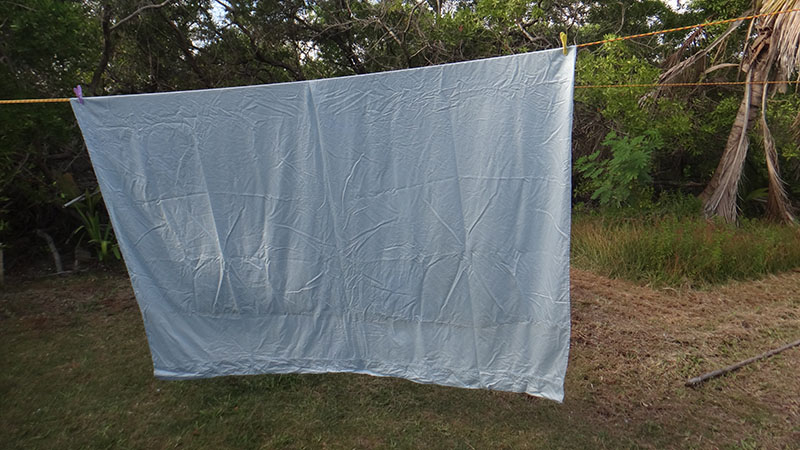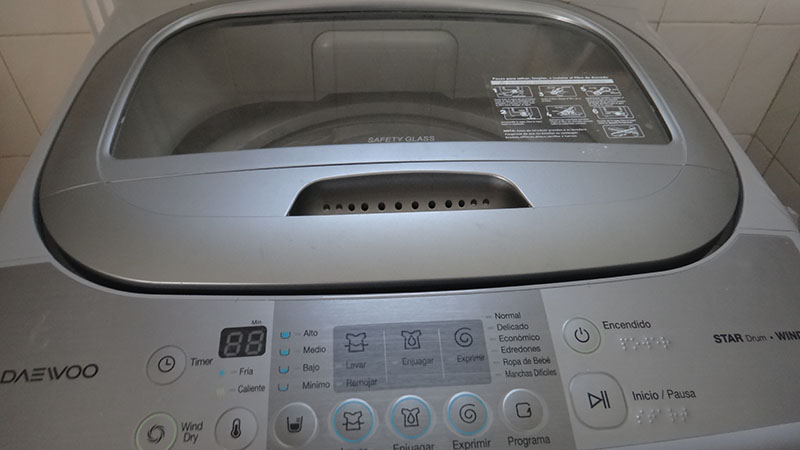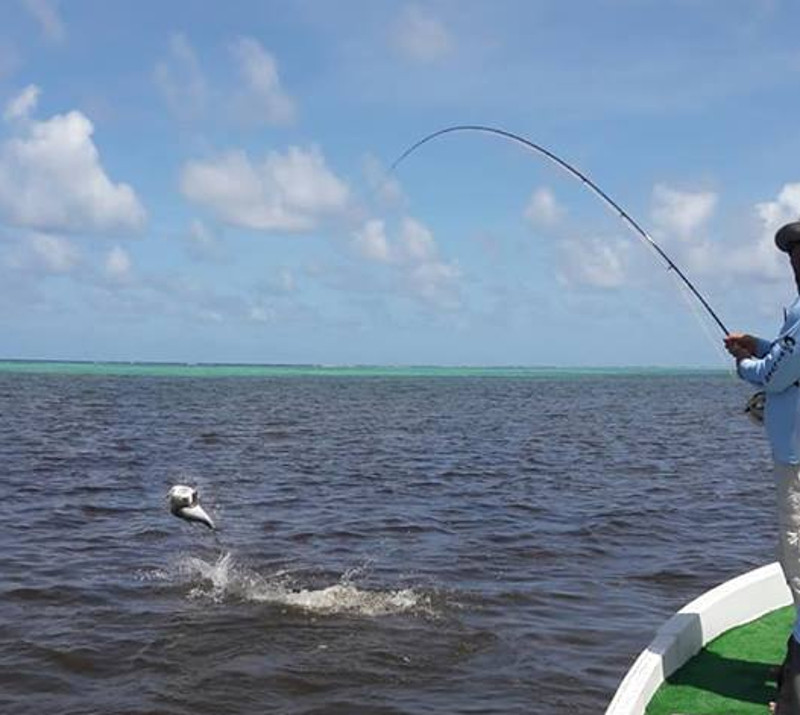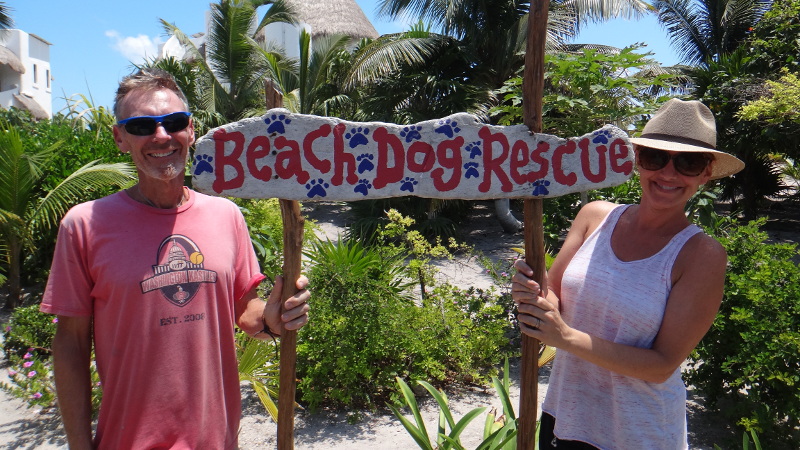
The Repentance of a Water Glutton
“Water, water every where,
And all the boards shall shrink,
Water, water every where,
Nor a drop to drink.”
Rime of the Ancient Mariner,
Samuel Taylor Coleridge
“Water is gold.”
Ruth Sanders
Former Xcalak hotel owner of Sandwood Villas, now Acocote Eco InI grew up in the arid west, raising dry crops like wheat and barley. Precipitation was a critical issue for good harvests and to keep the well full that served the farmstead since we lived 30 miles out of town. As a kid, I understood the preciousness of water yet by young adulthood and throughout my adult years I quickly became a water glutton. My houses had large bathtubs that I would fill to the brim and soak in hot sudsy peacefulness. I ran scant loads of laundry and dishes. I hosed off sidewalks rather than sweep. I took long showers, never turning off the water to suds up.
Today I am sitting at my desk in the palapa looking out on miles and miles of Caribbean water and as the Ancient Mariner said, “nor a drop to drink,” or to cook with, or to wash with. During hurricane season between June and September last year, there was not a single rain. Now it’s winter, which is dry season. Some years there is no rain for 5 months. We got some late rain this winter, just five days ago. And that might be it for a long time.
So my days of water gluttony are over. Conservation of water both salty and sweet occupies a large part of my brain. These Xcalak accommodations, Acocote Eco Inn, formerly Sandwood Villas, although an Inn, did not have laundry equipment. The cistern was undersized and for many years the bumpy road that ran between Mahahual and Xcalak discouraged most delivery trucks. So Ruth would drive the laundry down the beach road to an Xcalak lavandaria laundry service. Not a big problem for a water conscious couple but when the Inn is full and the massage sheets pile up, the nearly daily trips to drop off or pick up laundry gets to be a time thief and really hard on the suspension of our car—that beautiful beach road is still bumpy. So after the Christmas rush, I consulted with neighboring Xcalak hotel owners about their laundry systems.
Sin Duda employs a two stage machine. The tub fills with water and agitates. Then the laundry is removed and put in the spinner. The tub is refilled with water and the laundry goes through a rinsing agitation. Then placed back in the spinner. So, there is a lot of standing over the laundry. But the rinse water can be saved for the next load of wash water. The drained soapy water, or gray water, can be drained to a storage tank or just used to water plants. This laundry system takes a lot of time but then you have to take the laundry to the line any way (egads, the mind boggles at the energy consumption of a drier) and then fold dry items. Overall, it is an extremely efficient use of water. And it’s a cheerful chore for staff and owners.
Casa Caracola uses an automatic washing machine: wash, spin, rinse, spin, no intervention needed. Just come back 30 minutes later and place out to dry. Their laundry water drains into a barrel which they use to mop floors, wash windows, and all the house cleaning.
“Which system to use?” wonders me, the repentant water glutton. I had a two stage washing machine in Tokyo 30 years ago. It was OK but there is a lot to do in the course of running an Inn and standing over the machine is time consuming. Also, I was converting a bathroom to a laundry room. (That sounds fancy. What I mean is the washing machine needed to fit inside the shower stall of an unused bathroom.) In the end, I went with a Daewoo automatic machine. It fits in the space I have but it is a bit of a water hog.

Once I had settled on the machine the question became “how do I minimize generating gray water?” On laundry day, I do the largest load, about 10 kilogram of dry laundry first. I allow it to go through all the cycles automatically. All of the water drains into 250 liter Rotoplas, a plastic cistern. On the second load, I carry back buckets of water and fill the machine with this slightly used water. The last load is the “Cloro” load. White towels with stains sitting in a Clorox bucket. This load which is very small, I haul water from the Rotoplas for both wash and rinse. Why? By the last load the Rotoplas is quite full and the Clorox is diluted by all the other washes and rinses. The other day, I did four loads and filled the Rotoplas even with this conservative approach to water.

So here’s what I did with all that gray water. I washed our storm shutters and flushed the rails (which takes a lot of water) I washed the palapa floor 3 times, and mopped my place twice. We watered some plants that were being transplanted, cleaned windows. I even washed my little dog, Lady in gray water. I tried washing some pots with gray water followed by a tap water rinse. (I won’t do that again, too big of a nuisance.) Rob cleaned paint tools. I still have water left. I could wash the beach road dust off the car but I am not in the mood, maybe next week. I have three partially filled 20 liter bottles/garafons ready to carry water to plants in a couple of days. We got a lot of utility out of that 250 liters of water. In my water glutton days, all that water would have gone straight down the drain.
Eventually I will use more earth friendly laundry products which my neighbor Tamara Lashbrook and resident solar guru manufactures. This leads me to voltage. I do laundry on sunny days. Our solar array produces more than enough energy to do laundry and accommodate guest needs.
Thanks Tamara!
Eventually, I would like to have an independent system of water collection for laundry and gray water storage. Ideally, the only reasons sweet water would be used is to wash laundry and dishes, cook and take a shower. OK flush too. However, toilets are an excellent use of gray water, it’s just that we aren’t plumbed to use it. Wouldn’t it be snazzy to plumb the shower drain to fill the toilet tanks? Here’s an even cooler notion. We have some concrete projects coming up at the Inn. Could gray water be used to mix concrete? I never would have thought myself capable of using the words snazzy and toilet tank in the same sentence or getting excited about the possibilities of gray water. In only 7 short months on the beach, I’ve gone from water glutton to water nerd.







